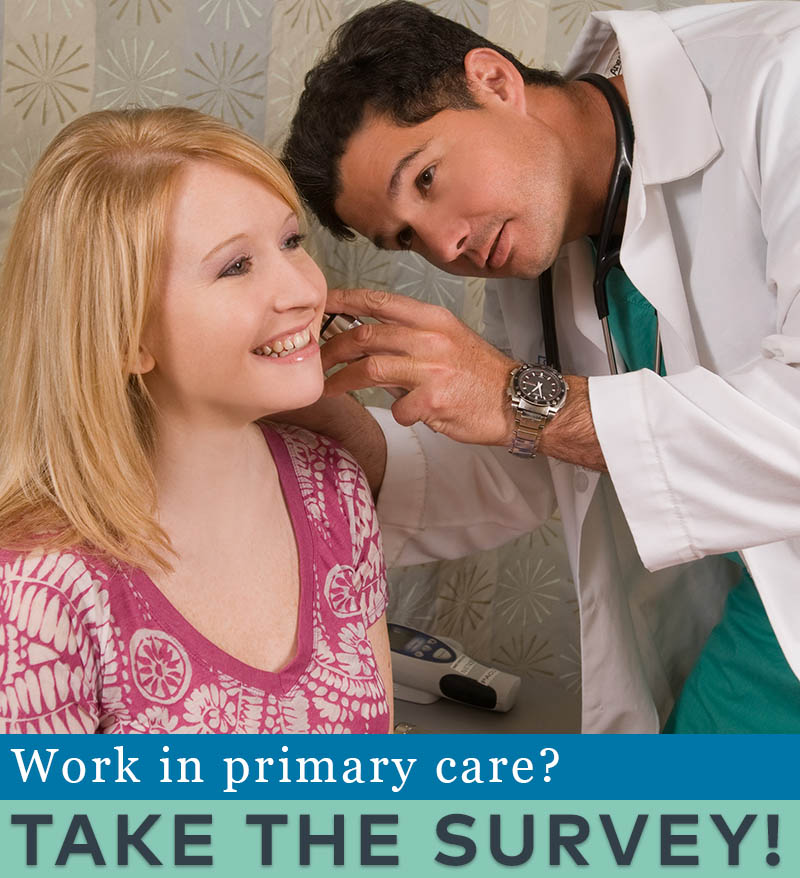WASHINGTON, OCTOBER 14, 2020--The Centers for Medicare & Medicaid Services (CMS) expanded the list of telehealth services that Medicare Fee-For-Service will pay for during the coronavirus disease 2019 (COVID-19) Public Health Emergency (PHE). CMS is also providing additional support to state Medicaid and Children’s Health Insurance Program (CHIP) agencies in their efforts to expand access to telehealth. The actions reinforce President Trump’s Executive Order on Improving Rural Health and Telehealth Access to improve the health of all Americans by increasing access to better care.
“Responding to President Trump’s Executive Order, CMS is taking action to increase telehealth adoption across the country,” said CMS Administrator Seema Verma. “Medicaid patients should not be forgotten, and today’s announcement promotes telehealth for them as well. This revolutionary method of improving access to care is transforming healthcare delivery in America. President Trump will not let the genie go back into the bottle.”
Expanding Medicare Telehealth Services
For the first time using a new expedited process, CMS is adding 11 new services to the Medicare telehealth services list since the publication of the May 1, 2020, COVID-19 Interim Final Rule with comment period (IFC). Medicare will begin paying eligible practitioners who furnish these newly added telehealth services effective immediately and for the duration of the PHE. These new telehealth services include certain neurostimulator analysis and programming services, and cardiac and pulmonary rehabilitation services. See the list of these newly added services.
In the May 1 COVID-19 IFC, CMS modified the process for adding or deleting services from the Medicare telehealth services list to allow for expedited consideration of additional telehealth services during the PHE outside of rulemaking. This update to the Medicare telehealth services list builds on the efforts CMS has already taken to increase Medicare beneficiaries’ access to telehealth services during the COVID-19 PHE.
Since the beginning of the PHE, CMS has added over 135 services to the Medicare telehealth services list – such as emergency department visits, initial inpatient and nursing facility visits, and discharge day management services. With today’s action, Medicare will pay for 144 services performed via telehealth. Between mid-March and mid-August 2020, over 12.1 million Medicare beneficiaries – over 36 percent – of people with Medicare Fee-For-Service have received a telemedicine service.
Preliminary Medicaid and CHIP Data Snapshot on Telehealth Utilization and Medicaid & CHIP Telehealth Toolkit Supplement
In an effort to provide greater transparency on telehealth access in Medicaid and CHIP, CMS is releasing, for the first time, a preliminary Medicaid and CHIP data snapshot on telehealth utilization during the PHE. This snapshot shows, among other things, that there have been more than 34.5 million services delivered via telehealth to Medicaid and CHIP beneficiaries between March and June of this year, representing an increase of more than 2,600% when compared to the same period from the prior year. The data also shows that adults ages 19-64 received the most services delivered via telehealth, although there was substantial variance across both age groups and states.
To further drive telehealth, CMS is releasing a new supplement to its State Medicaid & CHIP Telehealth Toolkit: Policy Considerations for States Expanding Use of Telehealth, COVID-19 Version that provides numerous new examples and insights into lessons learned from states that have implemented telehealth changes. The updated supplemental information is intended to help states strategically think through how they explain and clarify to providers and other stakeholders which policies are temporary or permanent. It also helps states identify services that can be accessed through telehealth, which providers may deliver those services, the ways providers may use in order to deliver services through telehealth, as well as the circumstances under which telehealth can be reimbursed once the PHE expires.
The toolkit includes approaches and tools states can use to communicate with providers on utilizing telehealth for patient care. It updates and consolidates in one place the Frequently Asked Questions (FAQs) and resources for states to consider as they begin planning beyond the temporary flexibilities provided in response to the pandemic.
View the Medicaid and CHIP data snapshot on telehealth utilization during the PHE.

Are you a physician, nurse practitioner, or PA working in primary care?
Help PCC and the Larry A. Green Center track how your practice is responding to the COVID-19 outbreak by completing the Green Center's occasional survey.
The regular surveys are no longer being conducted.
COVID-19 Updates
May 9, 2022 | Primary Care Collaborative
April 19, 2022 | Primary Care Collaborative
April 19, 2022 | Primary Care Collaborative
March 7, 2022 | STAT
February 27, 2022
- 1 of 39
- next ›
Recent News
April 30, 2024
April 22, 2024
May webinar highlights: “The Commercial Market: Alternative Payment Models for Primary Care” Nate Murray explains w… https://t.co/KX9Wi2w6oY —
11 months 5 days ago
@CMSinnovates’ primary care strategy is rooted in a 2021 @theNASEM’s report which called #primarycare “foundational… https://t.co/glbPxvCysg —
11 months 5 days ago
@CMSinnovates has a new #primarycare strategy, envisioning “ACO-based primary care model tests that may focus on pr… https://t.co/aJGF1z411l —
11 months 5 days ago
- Page 1
- ››
Secondary menu
Copyright © 2024 Primary Care Collaborative




